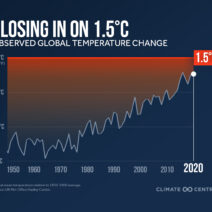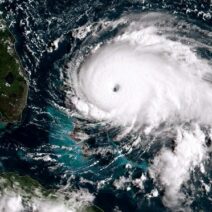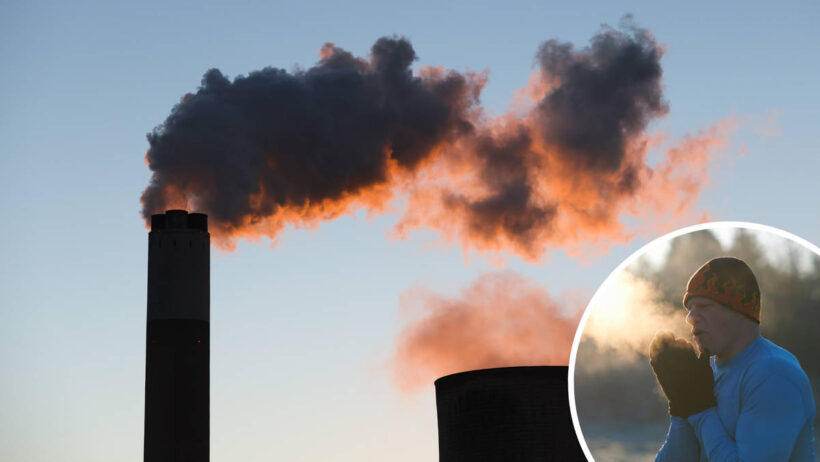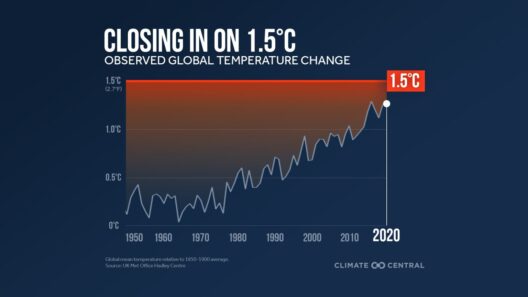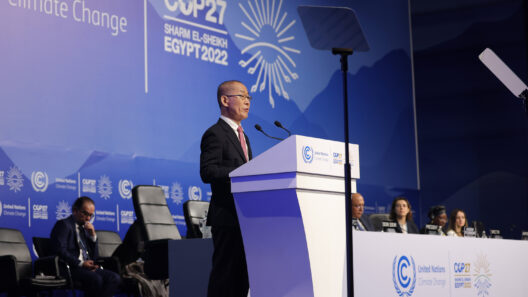In the grand symphony of our planet’s climate, each breath we take plays a role, however subtle it may seem. The notion that humans contribute to global warming by merely inhaling and exhaling illuminates a surprising facet of our existence. As sentient beings, we often regard ourselves as separate from nature, yet we are intrinsically woven into its intricate tapestry. This article endeavors to explore the delicate interplay between human respiration and carbon dioxide (CO₂) emissions, unfurling the complexities of this relationship and its implications for our environment.
Breathing is a fundamental aspect of life, an involuntary act that sustains our existence. Each inhalation introduces oxygen into our bodies, while every exhalation releases CO₂, a greenhouse gas that traps heat in the atmosphere. Although we may not perceive our respiratory contributions as significant, they collectively form an intriguing component of the carbon cycle—a natural process that redistributes carbon among the atmosphere, oceans, and terrestrial ecosystems.
To comprehend the impact of human respiration on global warming, it is vital to understand the broader context of CO₂ emissions. Carbon is the backbone of life; it is present in the air we breathe, the food we consume, and the ecosystems we inhabit. However, the alarming acceleration of anthropogenic CO₂ emissions—largely due to fossil fuel combustion, deforestation, and industrial activities—has disrupted the carbon balance, propelling Earth into a precarious state of climatic upheaval.
Humans, in their roles as carbon emitters, are often cast as the villains in this narrative. The notion that breathing contributes to global warming may seem counterintuitive, particularly in light of the staggering emissions released by industries and transportation. Yet, even these seemingly innocuous acts add to a cumulative effect that cannot be overlooked. Each year, humans breathe in approximately 1,500 grams of oxygen daily and subsequently exhale around 1,400 grams of CO₂. While this may appear as a trifle in the grand scheme of atmospheric composition, the sheer magnitude of humanity’s population amplifies this effect.
As we navigate the intricacies of climate change, it becomes evident that the surging global population is a significant factor in our ecological footprint. With approximately 8 billion individuals on the planet, the collective exhalations contribute an estimated 30 billion tons of CO₂ annually. This overwhelming statistic underscores the paradox: while individual breathing seems inconsequential, the aggregate impact reverberates through our ecosystems, exacerbating the very challenges we strive to mitigate.
It is essential to differentiate between natural and anthropogenic sources of CO₂. Natural sources include volcanic eruptions, respiration from flora and fauna, and oceanic contributions. These processes have existed for eons, maintaining a delicate equilibrium. In contrast, anthropogenic activities, particularly from fossil fuel combustion, have introduced a plethora of excess CO₂ beyond what nature can sustainably manage. This excess is the crux of the climate crisis, as it contributes to the greenhouse effect, leading to global warming.
Breath, therefore, serves as both a metaphor and mechanism—an intimate link between humanity and the environment. A single breath signifies life, yet when multiplied by billions, it reflects human influence on the planet. In this way, our respiratory actions, while naturally occurring, are entangled in a web of consequences that culminate in climate change. This duality invites us to ponder deeper questions about stewardship and responsibility.
Consequently, awareness of our impact on the environment via breathing cultivates a broader understanding of our ecological responsibilities. While we cannot cease to breathe—nor should we—recognizing our role in the carbon cycle empowers us to make wiser choices. Individuals can contribute to emissions reduction through various means, such as supporting renewable energy initiatives, advocating for reforestation efforts, utilizing public transportation, and embracing sustainable practices in their daily lives.
Moreover, fostering an awareness of respiration’s impact highlights the broader complexities of climate action. Solutions extend beyond personal behavioral changes; they necessitate systemic transformations intertwined with policy, technology, and conservation. Collective action galvanizes communities, illuminating the path toward sustainability. Just as each breath is essential for life, each effort toward reducing our carbon footprint is crucial for the preservation of our planet.
The conversation surrounding human contribution to global warming pivots from individual blame to a shared understanding of our interconnectedness with nature. As we inhale the miraculous air that sustains us, we must also exhale a commitment to protective stewardship of our environment. Breathing may facilitate life, but it also invokes a profound responsibility to align our actions with our values. As stewards of this planet, we are called to breathe mindfully—knowing that every intake and outflow bears weight on the climate and the intricate system we inhabit.
In conclusion, the revelation that human breathing contributes to global warming may be both alarming and enlightening. It unravels a layer of complexity in the climate narrative, urging us to recognize the power of collective action in addressing this multifaceted crisis. Each breath connects us to the earth; each moment spent reflecting on our impact can catalyze significant change. If we embrace this awareness and act accordingly, we might yet harmonize our existence with the planet, ensuring a sustainable legacy for generations to come.
